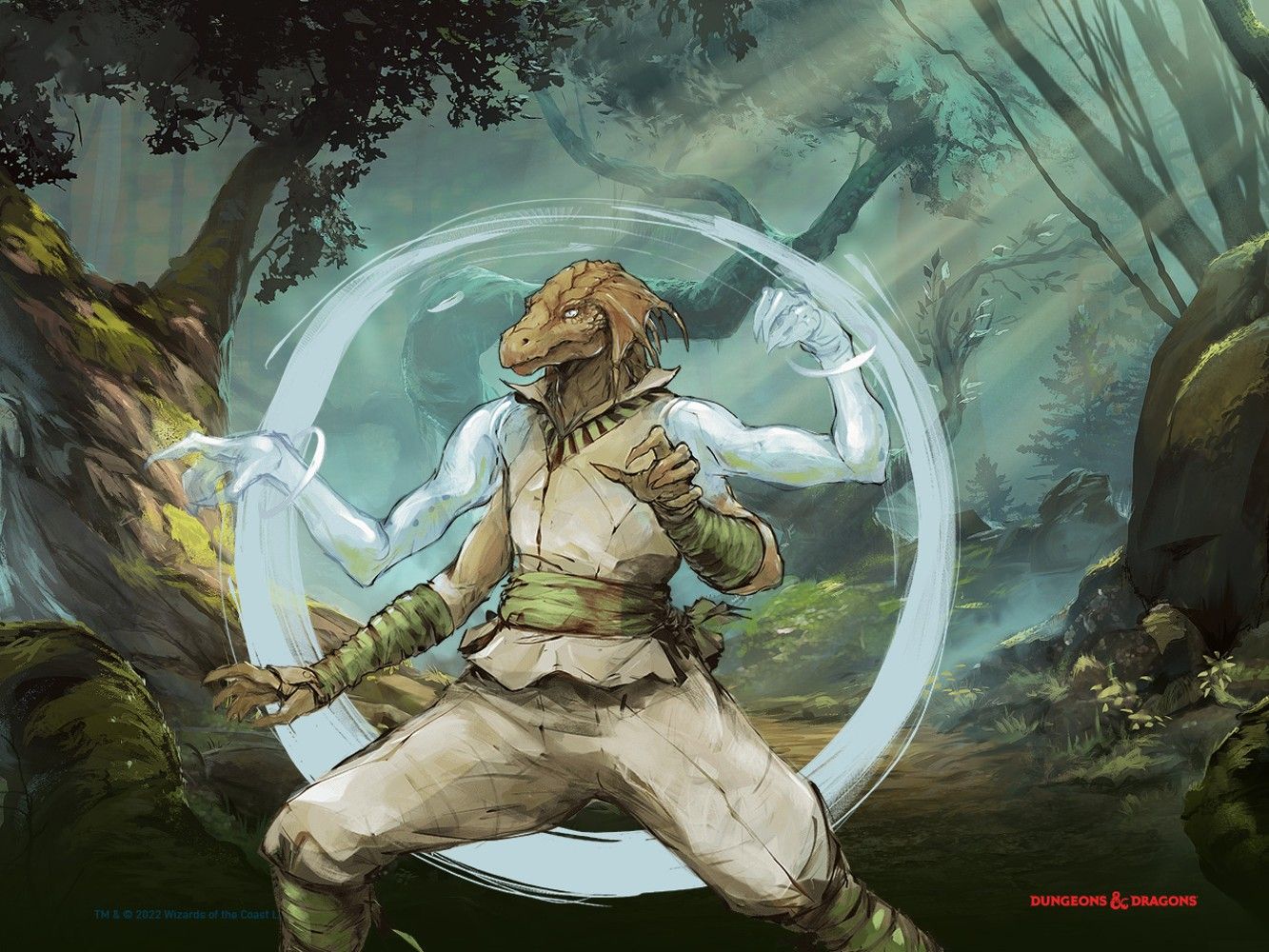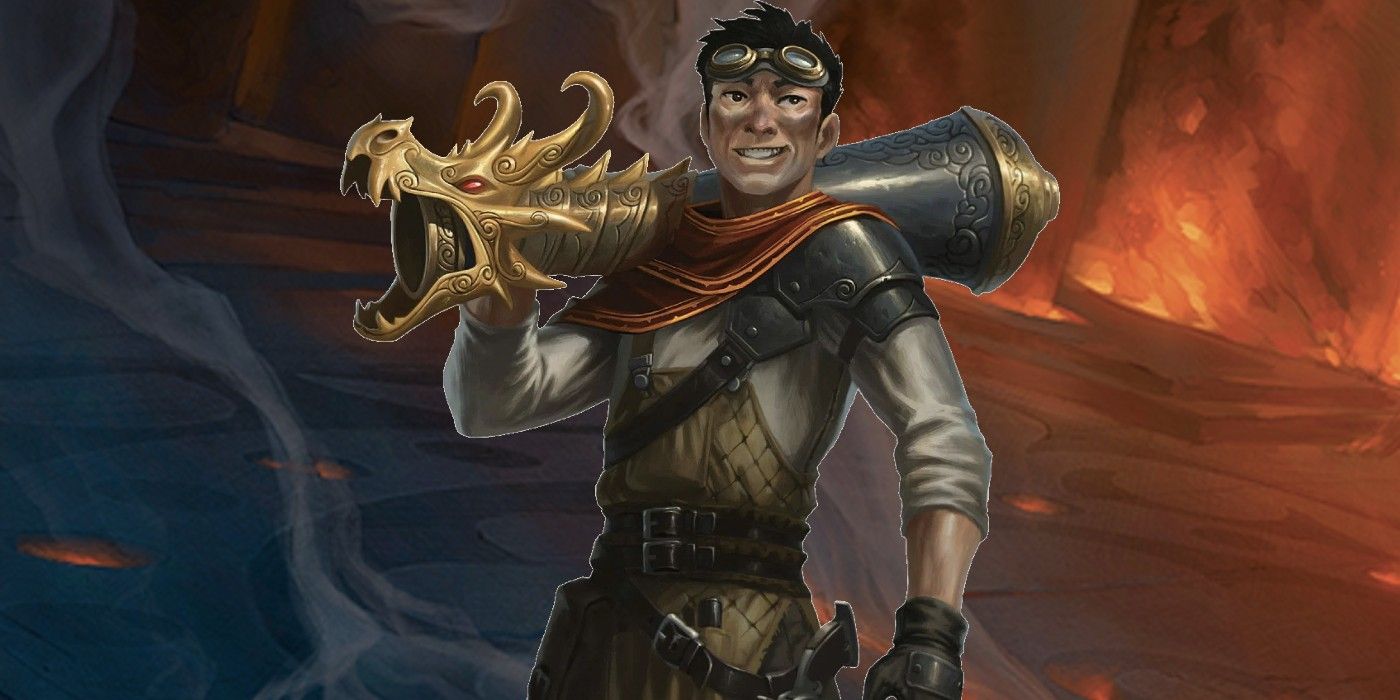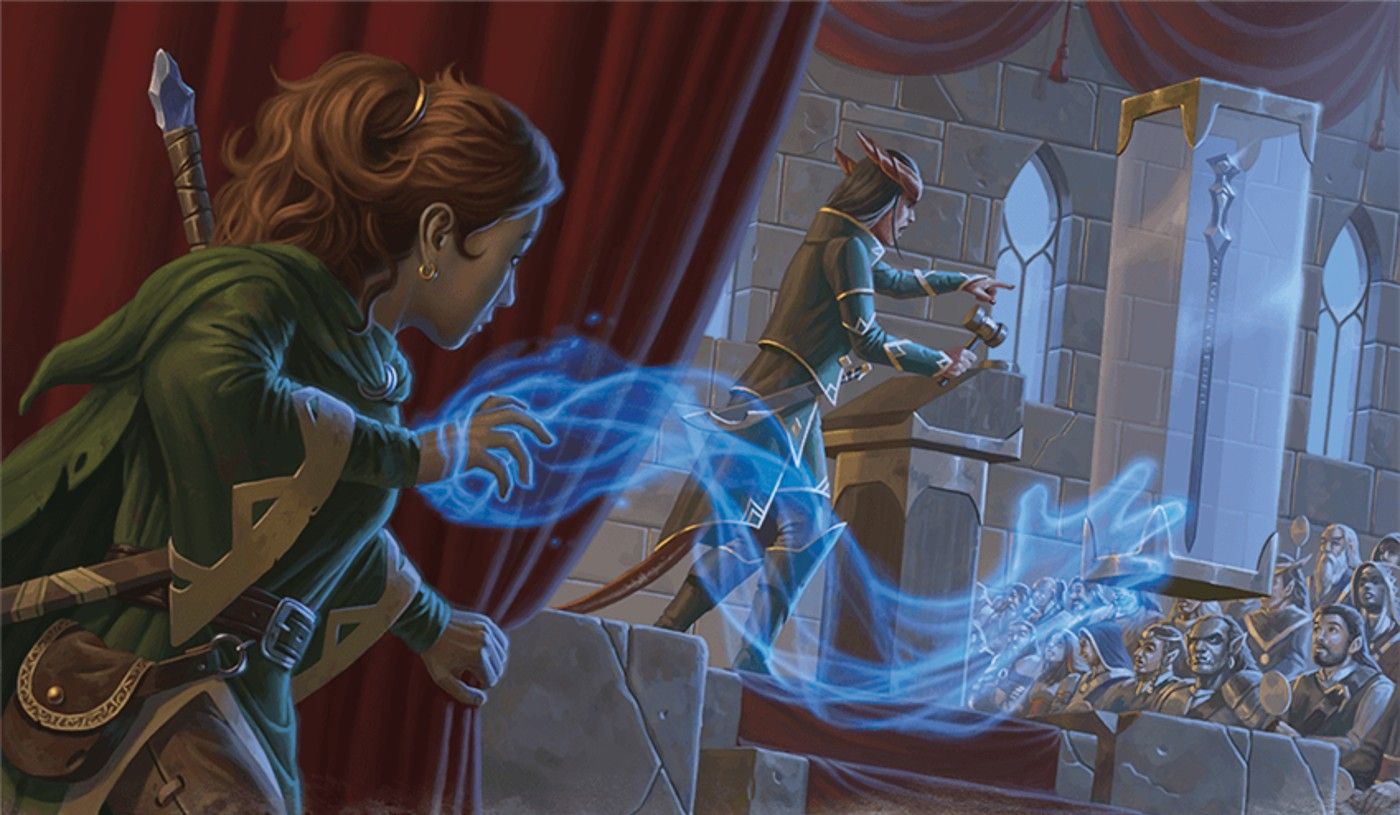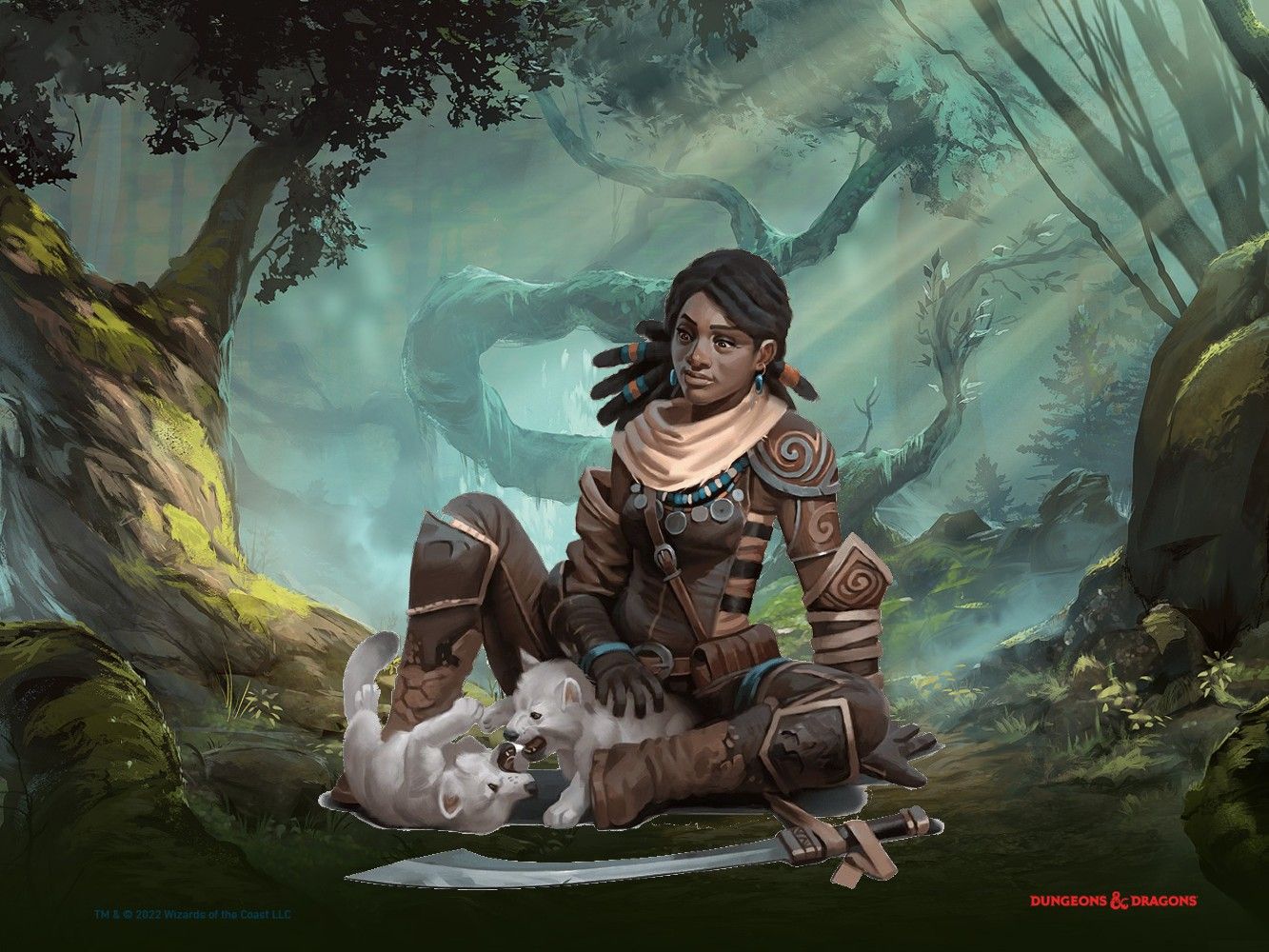
It can be hard enough for Dungeons & Dragons players to select a race and class when going into a new campaign, and subclass choices make things even more difficult. Each of the game’s classes comes with several subclass options just from the basic Dungeons & Dragons Handbook, with even more being added by expansions like Tasha’s Cauldron of Everything and Xanathar’s Guide to Everything. Subclasses can drastically change a player’s in-game experience, with some being great for creating a powerful character while others function as good ways to enhance player storytelling.
Players who are bored with their DnD character can use subclasses to help spice things up as well, giving them new mechanics to learn as they discover the ins and outs of the subclass. It can even be a nice change for DMs too, as players may surprise them with abilities or ideas from the new subclass they hadn’t even thought possible before, offering a new kind of challenge. These are some Dungeons & Dragons subclasses that are worth trying in a future campaign.
Battle Master Fighters Make The D&D Class Less Boring
Fighters in Dungeons & Dragons have a reputation for being strong but a bit boring. With high health and AC, it’s easy for them to be good tanks, but combat can easily become stale with the usual absence of magic – it often boils down to players simply rolling to hit with their weapon every turn. The Battle Master subclass makes Fighters in DnD more fun by adding the concept of Maneuvers, which utilize Superiority Die.
These abilities can be used to do things like disarm enemies, give allies advantage, knock targets prone, or make opponents frightened of the player. As added bonuses, the Battle Master subclass gives players proficiency with the artisan’s tools of their choice at the third level, and the ability to learn more about who they’re up against with the Know Your Enemy ability at level seven.
Monk’s Way Of The Astral Self Is Great For D&D Stories
The Monk’s Way of the Astral Self subclass may not be the most powerful, but it can be incredibly interesting when it comes to crafting the lore of a player character. This subsection of Monks believes that their true form is an astral self, which they can summon in an increasing amount of parts as they level up, beginning with arms, then visage, then body. The DnD subclass also comes with the hidden benefit of letting PCs use their Wisdom modifier in place of their Strength for checks and saves when their astral arms are present, making it easier to focus on improving Wisdom and Dexerity scores – which are arguably the most important for the Monk class – over Strength.
However, probably the most interesting part of an Astral Self Monk is that players determine what their astral self looks like, which is a very unique way to flesh out a character’s backstory and personality. While players can choose to have the appearance be similar to their PC, it can also be drastically different depending on a character’s backstory, and is a fun way to get creative.
Artillerist Artificers Are Explosive D&D Fun
The Artillerist subclass for Artificers is one of the 30 subclasses in Tashas’s Cauldron of Everything, and definitely one of the standouts due to the chaotic fun it can bring to DnD combat. With Artillerist, players will first learn Eldritch Cannon, which allows them to create a tiny or small cannon in one of three types: Flamethrower, Force Ballista, or Protector. The first two can deal impressive amounts of force or fire damage, while the last will give creatures temporary hit points. At the ninth level, players can also opt to detonate their cannons, dealing even more incredible amounts of force damage to enemies.
Arcane Trickster Rogues Have A Great Magical Twist
Arcane Trickster is a DnD subclass that adds magic to the melee Rogue, and in turn, creates a whole new facet of the class. One of the biggest benefits of this comes from Mage Hand, which Arcane Trickster Rogues can utilize as a cantrip from the very beginning at level one. As Arcane Tricksters level up, they can also do things like make the Mage Hand invisible and pick locks, which goes very well with the shady activities often associated with the Rogue class.
While Mage Hand adds a whole new dimension to Rogue by itself, Arcane Trickster goes much deeper than that as a DnD subclass. Spells like Disguise Self and Charm Person expand upon the Rogue’s typical charming, sneaky nature in new ways and are great for DnD sessions where the DM loves roleplay, and others like Booming Blade which are used in conjunction with melee moves further enhance the already-powerful Sneak Attack capabilities of the Rogue. At the 17th level, players can also utilize Spell Thief to temporarily learn any spell cast at them, a fun workaround for the limitations of the Arcane Trickster spell list.
Circle Of The Shepherd Druids Communicate With D&D Spirits
While all Druids in DnD have some form of connection the nature, the way those in the Circle of the Shepherd subclass utilize this natural affinity really shines. For one, PCs will be able to converse with beasts without casting a spell through Speech of the Woods, which allows them to both be understood by animals and decipher their replies. Players can also cast the unique Spirit Totems in the form of Bear, Hawk, or Unicorn for extra hit points or advantage on attacks or saving throws depending on the totem. One of the best Dungeons & Dragons Druid Circles to be certain, this subclass’s combination of animal summoning, beast communication, and totems makes for a truly unique playthrough.
Players who are experienced with Dungeons and Dragons may very well have dabbled in some of these subclasses before, but it’s unlikely they’ve exhausted all they have to offer. The beauty of DnD is that every playthrough and character build is different – on top of these subclasses, players could experiment with different races and how those interact with each one, or try out different spell focuses, for example. While of course player mileage with each of these subclasses can vary drastically based on their DM, experimenting with these as parts of a Dungeons & Dragons character build are great ways to try something new and uniquely fun.
Source: D&D Beyond/YouTube


















